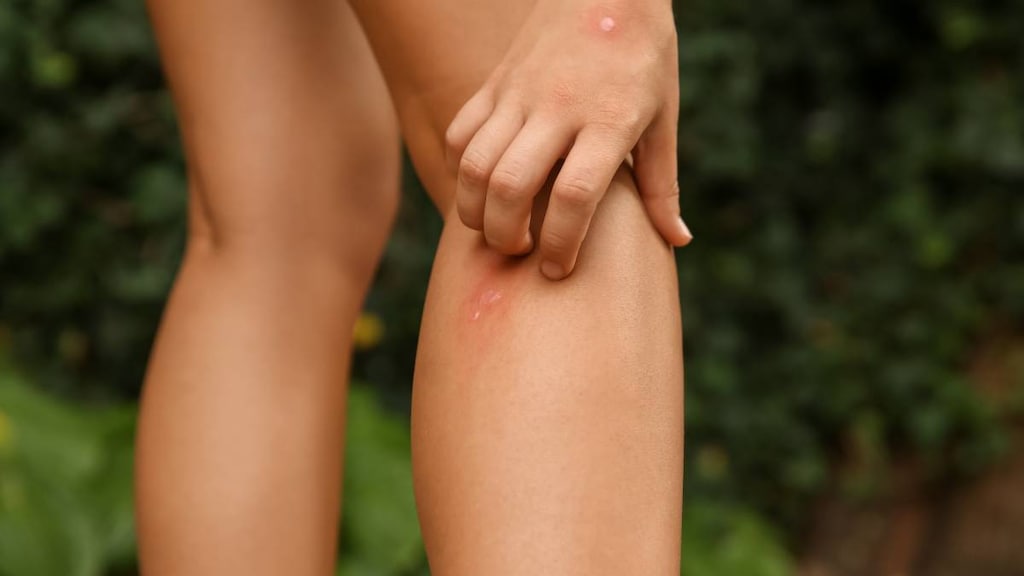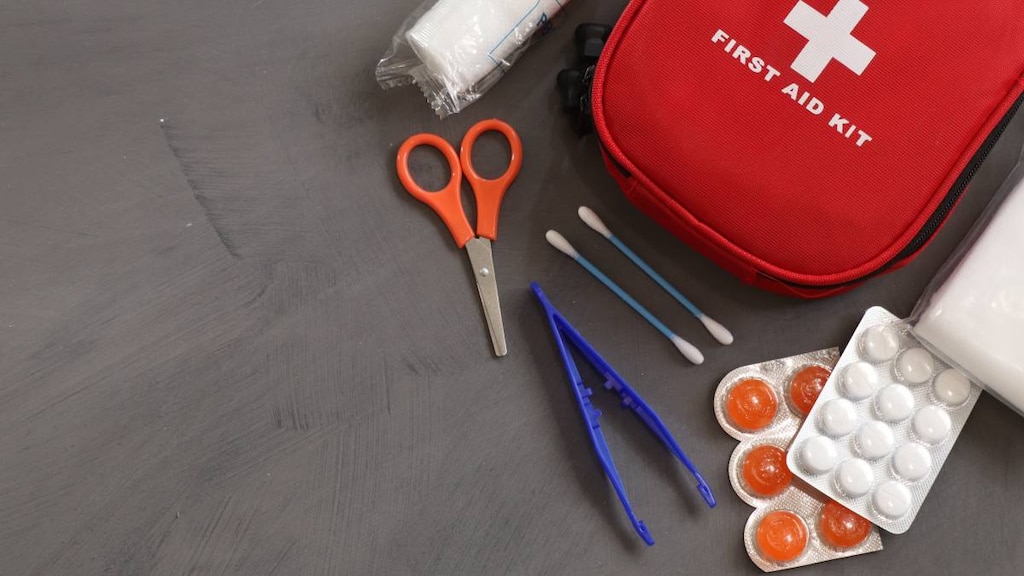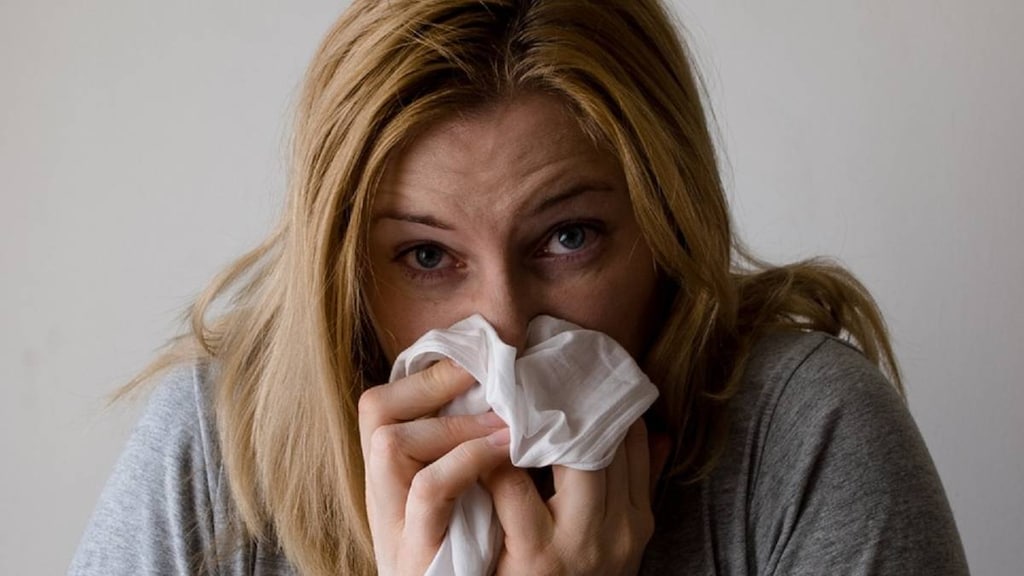Dosage Forms
Excipient information presented when available (limited, particularly for generics); consult specific product labeling. [DSC] = Discontinued product
Cream, External:
JointFlex: 3.1% (114 g) [contains disodium EDTA]
Gel, External:
Band-Aid Anti-Itch: 0.45% (85 g [DSC]) [contains benzyl alcohol, edetic acid, menthol, SD alcohol 40B, trolamine (triethanolamine)]
Benadryl Anti-Itch Childrens: 0.45% (85 g) [contains benzyl alcohol, edetate disodium, menthol, SD alcohol 40B, trolamine (triethanolamine)]
Liquid, Inhalation:
Vicks Vapo Steam: 6.2% (236 mL) [contains alcohol, USP, menthol]
Pharmacokinetics/Pharmacodynamics
Absorption
Dermal: Slow (Kim 2015)
Distribution
Vd: 2 to 4 L/kg (Köppel 1988)
Metabolism
Hepatic to inactive metabolites (Kim 2015)
Excretion
Urine (as metabolites) (Kim 2015)
Time to Peak
3 hours when administered alone; 1 hour when administered with a solvent (Tween 80) (Köppel 1988)
Half-Life Elimination
~3 hours (when administered with a solvent [Tween 80], half-life decreased to ~1.5 hours) (Köppel 1988)
Protein Binding
61% (Köppel 1982)
Use: Labeled Indications
Cough:
Vick VapoSteam: Temporary relief of cough associated with a cold.
Pain:
JointFlex: Temporary relief of minor pain associated with arthritis, simple backache, muscle sprains and strains, bruises, and cramps.
Pruritus/Pain:
Benadryl Anti-Itch Gel for Kids: Temporary relief of pain and itching associated with minor burns, sunburn, minor cuts, scrapes, insect bites, minor skin irritation, and rashes due to poison ivy, poison oak, and poison sumac.
Contraindications
Joint Flex: Do not use if skin is irritated or damaged; if excessive irritation develops; in patients ≤12 years of age.
Dosage and Administration
Dosing: Adult
Cough: Inhalation: Inhale via vaporizer up to 3 times per day.
Pain: Topical cream: Apply to affected area up to 4 times per day for 2 weeks. For maximum benefit, use daily for at least 2 weeks and continue to use daily as needed thereafter.
Pruritus/Pain: Topical gel: Apply to affected area up to 3 to 4 times per day.
Dosing: Pediatric
Cough: Children ≥2 years and Adolescents: Inhalation: Refer to adult dosing.
Pain: Adolescents ≥13 years: Topical cream: Refer to adult dosing.
Pruritus/Pain: Children ≥2 years and Adolescents: Topical gel: Refer to adult dosing.
Reconstitution
Liquid for steam inhalation: Add 15 mL for each 946 mL (quart) of cold water or 7.5 mL for each 473 mL (pint) of cold water; add directly to cold water only in a hot steam vaporizer.
Administration
Inhalation: Add solution to a hot steam vaporizer only. Breathe in medicated vapors.
Topical:
Cream: Cleanse, rinse and dry skin. Apply generously to painful muscles and joints. Gently massage until the cream disappears. Avoid contact with the eyes and mucous membranes. Do not apply to wounds, damaged, broken or irritated skin. Do not bandage tightly or use a heating pad.
Gel: Avoid contact with the eyes.
Storage
Store at room temperature.
Drug Interactions
There are no known significant interactions.
Adverse Reactions
There are no adverse reactions listed in the manufacturer’s labeling.
Warnings/Precautions
Dosage form specific issues:
- Liquid for steam inhalation: Self-medication (OTC use): For steam inhalation only. Use with caution in patients with persistent or chronic cough (eg, cough due to smoking, emphysema, or asthma) or a productive cough. Do not heat the product in a microwave or use near an open flame, direct the steam from the vaporizer too close to the face, or ingest the product. Do not add the product to hot water or any container where heating water (except when adding to cold water only in a hot steam vaporizer); may cause splattering and result in burns. Discontinue use and contact a healthcare provider if the cough lasts more than 7 days, recurs, or is accompanied by a fever, rash, or persistent headache.
- Topical cream: Self-medication (OTC use): Avoid contact with eyes and mucous membranes. Discontinue use and contact a healthcare provider if the condition worsens, symptoms persist for more than 7 days, symptoms recur, or if redness develops.
- Topical gel: Self-medication (OTC use): Avoid contact with eyes. Discontinue use and contact a healthcare provider if the condition worsens, symptoms persist for more than 7 days, or if symptoms recur.
Special handling:
- Flammability: Camphor is flammable; keep away from fire or flame.
Other warnings/precautions:
- Accidental ingestion: In case of accidental ingestion, seek medical help or contact a poison control center immediately.
Pregnancy
Pregnancy Considerations
Following exposure to large concentrations (eg, oral ingestion observed with poisonings), camphor crosses the placenta and is toxic to the fetus (Rabl 1997).
Patient Education
- Discuss specific use of drug and side effects with caregiver as it relates to treatment. (HCAHPS: During this hospital stay, were you given any medicine that you had not taken before? Before giving you any new medicine, how often did hospital staff tell you what the medicine was for? How often did hospital staff describe possible side effects in a way you could understand?)
- Educate caregiver about signs of a significant reaction (eg, wheezing; chest tightness; fever; itching; bad cough; blue skin color; seizures; or swelling of face, lips, tongue, or throat). Note: This is not a comprehensive list of all side effects. Caregiver should consult prescriber for additional questions.
Intended Use and Disclaimer: Should not be printed and given to patients. This information is intended to serve as a concise initial reference for healthcare professionals to use when discussing medications with a patient. You must ultimately rely on your own discretion, experience and judgment in diagnosing, treating and advising patients.


